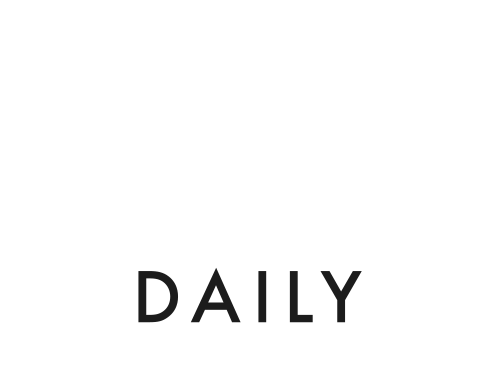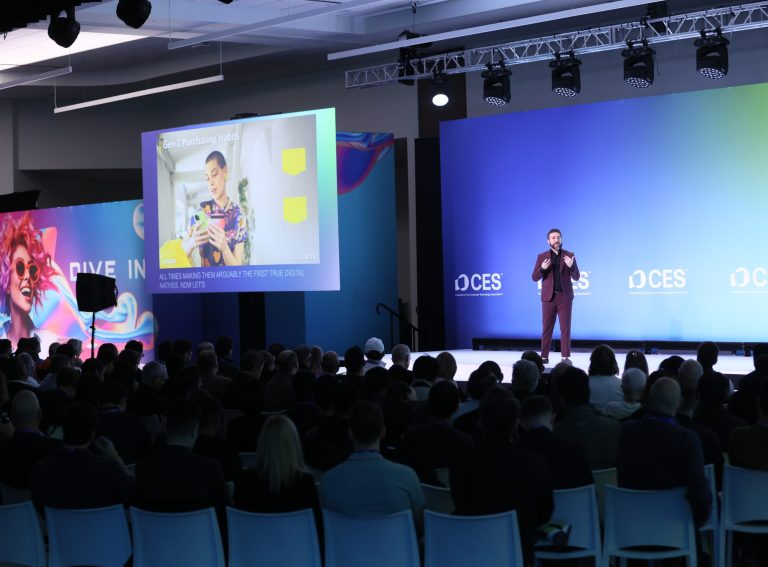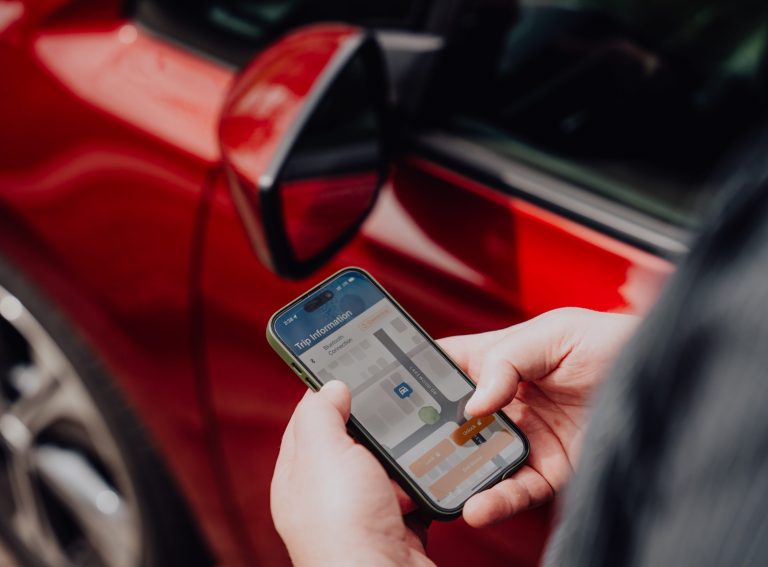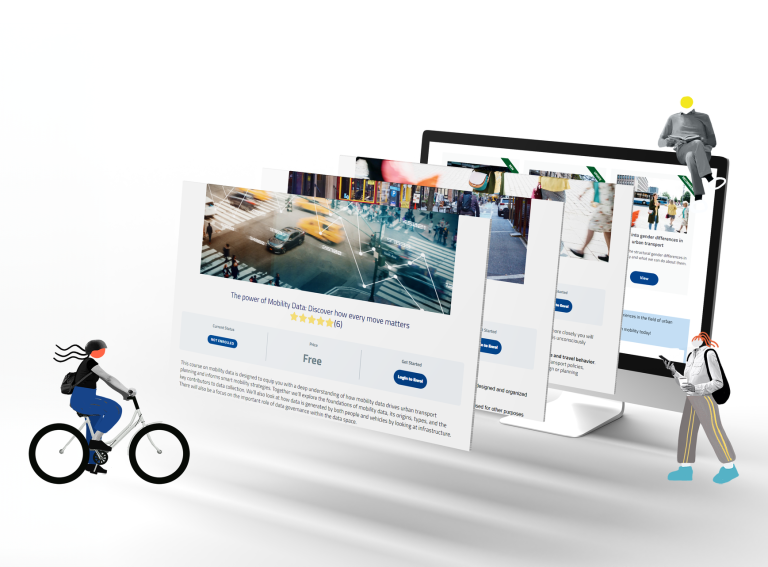Our food has a profound impact on our environment because of how it is both produced and transported.
And as grocery and takeaway delivery apps grow in popularity, German OEM RYTLE has been studying how its cargo bikes can play a role in reducing emissions.
Working in tandem with last mile logistics specialist Delivery Mates and hydrogen fuel supplier H2Range, the manufacturer is hoping to create fundamental change in how food is transported across cities.
“Every city needs to be able to move food from place to place sustainably,” Dr Arne Kruse, Chairman of the Supervisory Board at RYTLE, tells Zag Daily.
“We think we have found a way to incorporate cargo bikes into the cold supply chain in an affordable way.”
Embracing hydrogen
Five years ago RYTLE developed a cooling box that could fit onto a cargo bike capable of storing food at any temperature.
However, to power the box for cooling requires an extra source of power, which RYTLE hopes to solve by powering its next generation devices using 700-watt hydrogen power cells.
“This cell will allow us to control the temperature and humidity of the food, track its progress and also power the bike,” says Kruse.
The hydrogen cells will be supplied by H2Range, a former spin-off from the German Aerospace Centre which signed an agreement with RYTLE in October 2024. According to Kruse, the first RYTLE vehicle to use hydrogen power will be rolled out in January 2025.
While London-based Delivery Mates has traditionally specialised in transporting parcels from depots to consumers on behalf of retailers and ecommerce platforms, it is very excited about the possibilities of hydrogen power.
“If last mile devices allow for food to be temperature controlled, this fundamentally changes the scale at which we can operate,” says Kevin Savage, Chief Operating Officer at Delivery Mates.
“I am not just talking about pizza delivery, but replenishing an entire kitchen with fresh products.”
Hydrogen cells cannot produce the same levels of acceleration that are enabled by an electric battery, so each device will also feature an auxiliary cell to support riders with climbing hills and pulling away from junctions.
“The same vehicle can be used to deliver additional ingredients to a chef at 9pm one evening and then complete a paper round the following morning,” Kruse says.
“It can become a versatile, 24/7 vehicle that can fulfil any kind of delivery need and actually eliminate the use of trucks in city centres.”
This was echoed by Savage, who described the future use of hydrogen cells as a “differentiator” among OEMs.
“We have been working with RYTLE for a long time because they are progressive, listen to our feedback and are always refining their products,” he explains.
“There is such a high tonnage of fresh food being moved in London every single day, either by manufacturers, restaurant owners or catering companies that use 18-tonne trucks that just block the roads. Using cargo bikes for fresh food delivery in a temperature controlled way is something we are really focused on.”
The MovR3
In addition to its link up with H2Range, RYTLE is also very excited about the MovR3, the third iteration of its cargo bike model first created in 2010.
Able to carry a 370 kg payload, it possesses an interchangeable transport box holding up to 180 kg and can be loaded and unloaded roadside using a mechanical fork lift located at the back of the vehicle.
Other features include a 48-volt battery system that allows it to climb steep hills and an advanced gearing system for sharp turning.
Delivery Mates was the first logistics partner to test out the MovR3, after which it provided feedback for RYTLE to act on. From there, it made the necessary improvements before putting the vehicle into final production.
“A small roll out is now underway, but distribution will take place on a larger scale next year,” Kruse explains.
“Delivery Mates is currently running 30 of the MovR3 in the UK, while it also deployed the vehicle for specific projects in Amsterdam and Paris too.”
Able to complete more than 100,000 deliveries across Europe per day, Savage emphasised to RYTLE that, for Delivery Mates, uptime is paramount.
“With the added payload, a lot of pressure is going through the brakes which could have led to the brake pads being worn down,” he explains.
“But the automated braking system and resistant material have already helped us reduce costs and increase uptime. Another benefit of running the MovR3 is the roadside loading and swappable boxes, which both save a lot of time.”
Such features are the result of a lot of iteration by the team at RYTLE, which Kruse believes is effective due to their ability to respond to the demands of the wider industry in which they operate.
“At RYTLE, we try to understand the whole market ecosystem, taking into account the shipper, the carrier, the city and the end customer,” he adds.
The embrace of hydrogen power and the collaboration with H2Range is further evidence of RYTLE’s responsive mindset, and while the project is still in its infancy, it is already showing real promise. The onus is now on the OEM and its partners like Delivery Mates to deliver on this potential and prove the ability of this technology to bring about genuine change within the temperature-controlled food supply chain.



